Spring is truly with us in the Czech Republic these days.
While I’m in the process of some spring cleaning and updating of the website, I’m happy to share with you some spring photos I’ve taken in Brno in the last week or so:




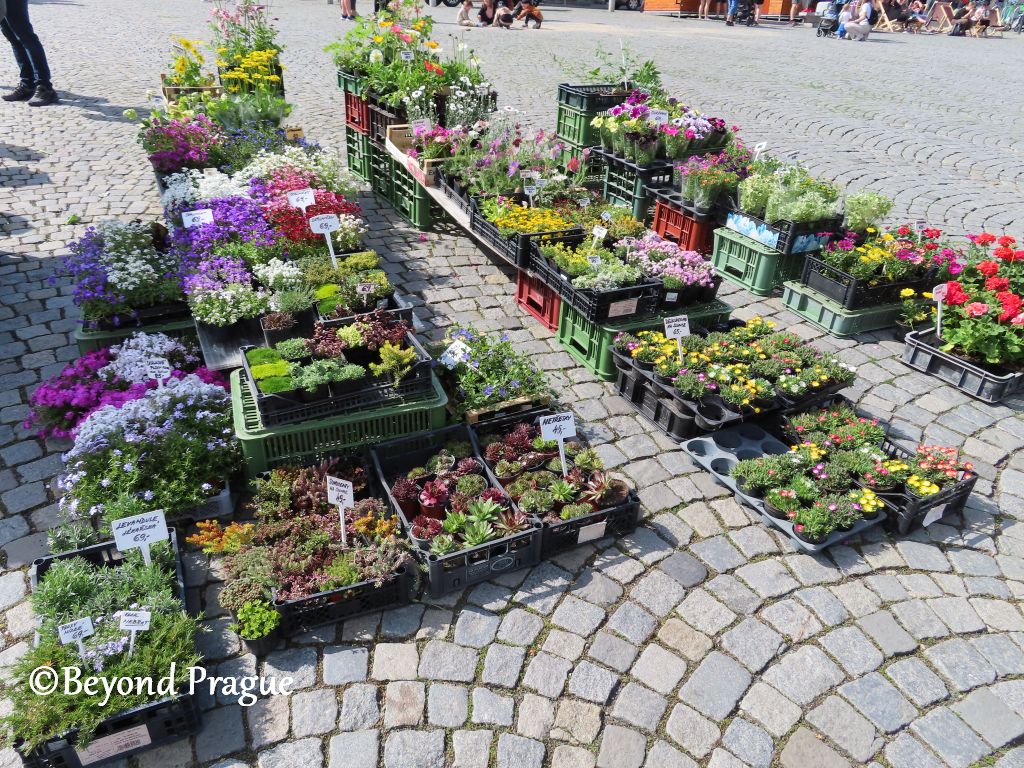


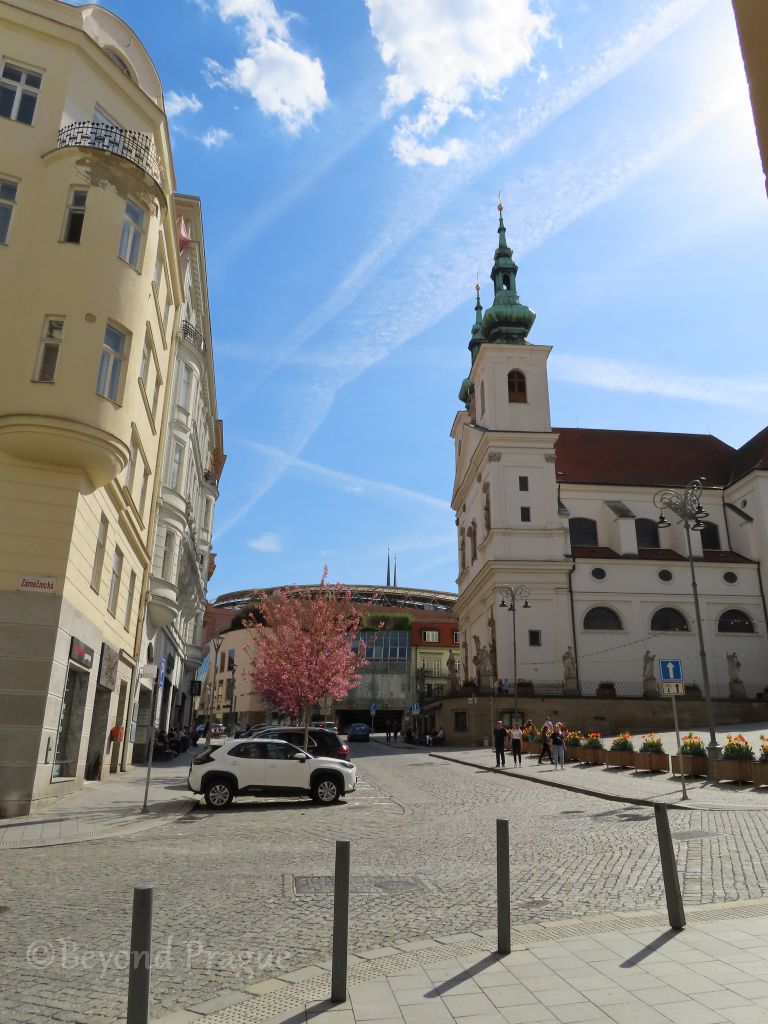

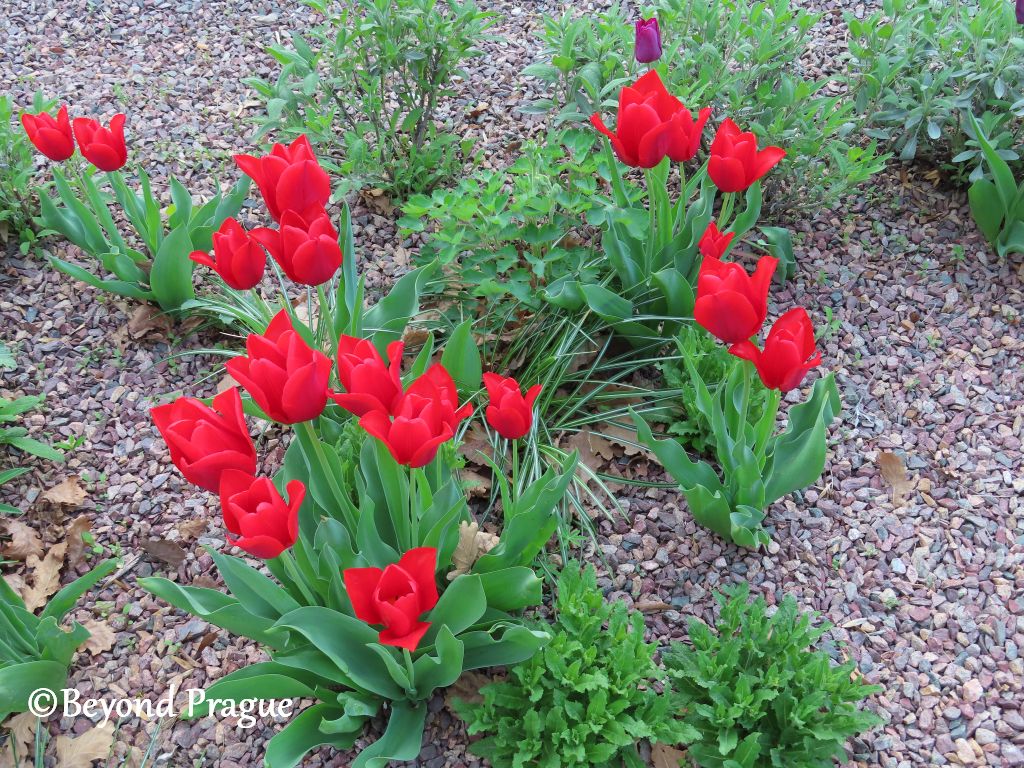










Spring is truly with us in the Czech Republic these days.
While I’m in the process of some spring cleaning and updating of the website, I’m happy to share with you some spring photos I’ve taken in Brno in the last week or so:



















Lights, History, Action!
Vodojemy, in Brno’s Žlutý Kopec district, is located a short distance west of the city centre.
The attraction consists of three underground water reservoir tanks that date to the late 1800s and early 1900s. The city waterworks stopped using the tanks in 1997 and they sat abandoned for several years.
There was a plan in 2014 to demolish them. However, after some photos of the tanks were published in the media, public interest saved them from demolition and the Czech Ministry of culture declared the site a cultural monument.
Many film studios saw the opportunities for unique and memorable settings in the reservoirs, so it was also the interest of the film industry that had a hand in saving the tanks.
From that point on, an extensive restoration of the tanks was undertaken and the oldest of the tanks was opened to visitors in 2020. Between 2020 and 2024, more work was done; the work included the addition of a reception building with a ticket desk and public washrooms as well. In March of 2024, all three tanks were opened for visitors.
As each tank comes from a different period of time, they each follow different architectural philosophies and are an interesting comparison to each other.
The Vodojemy complex also makes a great addition to Brno’s growing selection of underground attractions, some of which I’ve written about in this existing article.
Let’s take a look at Vodojemy:
A Tale of Three Tanks
Tank 1 dates to 1874 and was designed by British architect, Thomas Docwry. As such, it’s appearance is evocative of British designs of the time.
The primary building material is fired red bricks. Tank 1 is distinctive for its arched ceilings and counter-arched floors. It was capable of holding more than 9.5 million litres of water.
Tank 2 dates to 1894 and was designed by Czech engineer, Emil Procházka.
Like Tank 1, Tank 2 uses fired red bricks as the primary construction material and has arched ceilings. However, the design of Tank 2 is simpler than the older tank in some ways. The most visible of the design simplifications is the flat floor, as opposed to the counter-arched floor in Tank 1.
Tank 2 had a capacity of 8.5 million litres.
Tank 3 was completed in 1917 and is a very interesting study in how construction methods changed. There are no bricks in the constrcution of Tank 3, rather there are over eighty cast concrete pillars supporting it.
Tank 3 is the largest of the tanks and is split into two sections, with a combined volume of 15 million litres.
Because of its size and construction method, sound echoes impressively in Tank 3 and really adds something to the overall atmosphere of it.
Paying a visit and Learning More
The water tanks are not difficult to get to either by public transport or on foot.
Three trolley bus lines run along Tvrdého street, which goes past the reservoirs. Two lines run from Komensky square (Komenského náměstí) in the centre while another runs from Mendel square (Mendlovo náměstí), which is a bit nearer the reservoirs. There is also a tram line that gets you to within a ten minute walk of the attraction.
As this attraction is underground, you can expect lower temperatures than what is outdoors, so a long sleeve shirts and long trousers are a good idea. Also, strong shoes with waterproofing are a must here. This is particularly true for Tank 1, as there is typically water present in the low points of the floor.
You can buy tickets for self-guided tours, or tours with a guide. If you are the self-guiding type, there are audio guides that you can download to your smartphone either at the site, or through the official website.
This link will take you to the official website of Vodojemy, which is available in Czech, English and German. There, you can find more extensive information about the history of the site as well as ticket prices, opening hours and practical considerations when visiting.
This link will take you to the dedicated page for Vodojemy at the official Brno tourism website. You can buy tickets online through that portal, or at any Brno tourist information office in the city.
As a last note, there are sometimes special light and sound shows, or other events, that take place at Vodojemy. If you wish to just see the tanks as they are, with regular lighting, enquire ahead of time to make sure your planned visit doesn’t coincide with any special events.
It was a beautiful spring afternoon in Brno today, so my camera and I took a walk in the centre after work today.
I’m happy to share with you a bit of what we saw:


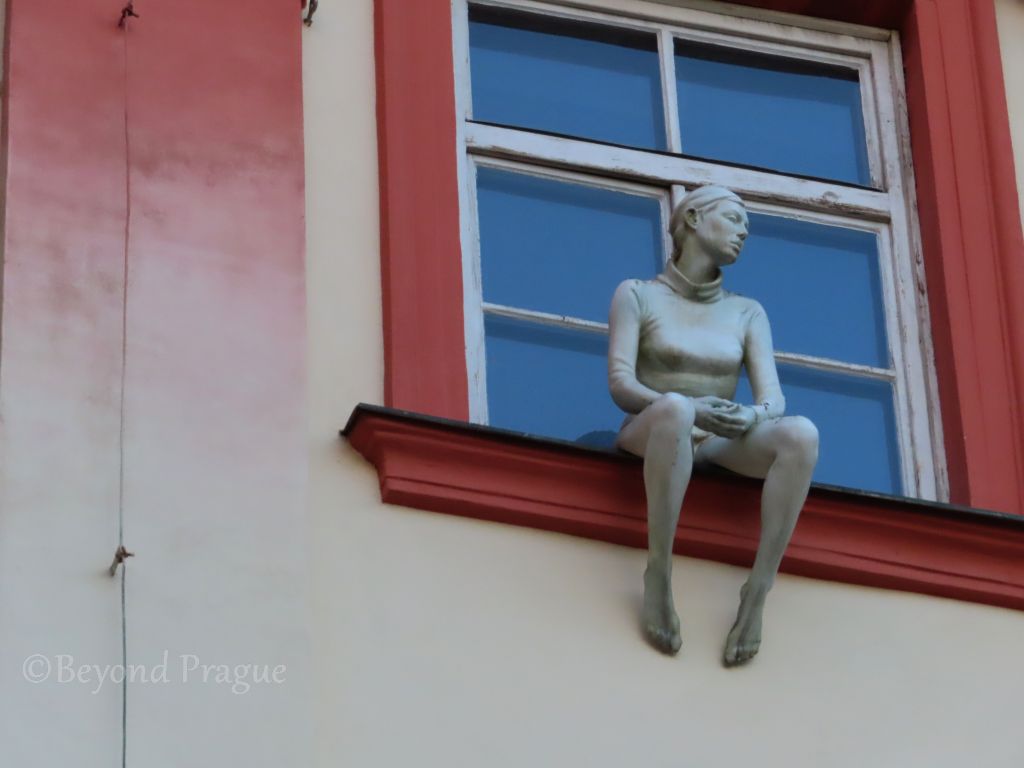



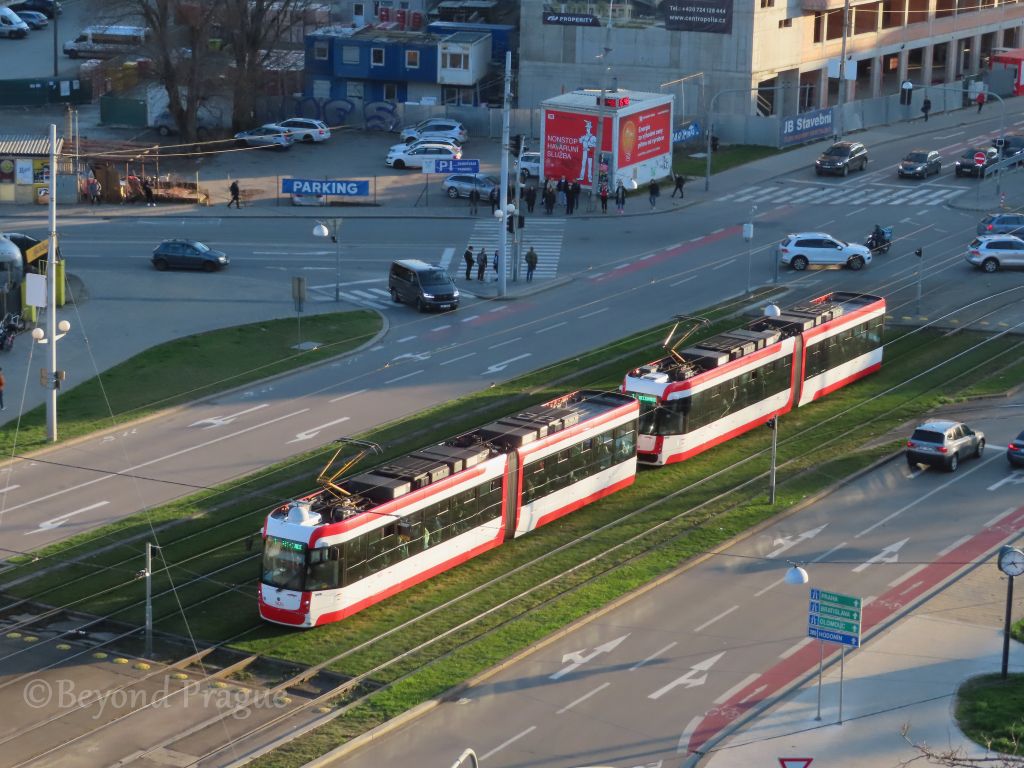



Southern Sweet Spot
Dačice is a town of a little over 7,000 people in South Bohemia, roughly 15 kilometers from the border with Austria.
While the town is not touristy, it is home to a distinctive blue chateau that is an interesting example of a transitional architectural style between Classicist and Empire movements.
The town also has the distinction of being the place where the sugar cube was invented. Not far from the chateau, you’ll find a monument commemorating the invention of the sugar cube in 1843.
Let’s take a closer look at Dačice chateau:
Through Many Years and Many Hands
As it is with many chateaus and castles, Dačice chateau saw many changes in ownership before it was taken over by the state in 1945.
Design and construction of the chateau was ordered by Oldřich Krajíř (1561-1600) , of the noble Krajíř of Krajek family, in the late 1500s. The chateau was completed in Renaissance style in the early 1590s
The Krajíř of Krajek family died out in the early 17th century and a period of rapid ownership change, legal embattlements and disaster started for the chateau.
From 1610 to the 1809, the chateau passed from the Krajíř of Krajek family through the hands of six other noble families before the Dalberg family took ownership of it. The Dalbergs would be the most significant noble owners of the chateau.
Through much of the 1600s, the chateau’s ownership was the subject of protracted litigations that delayed much needed repairs to the structure following two fires.
Stable ownership came to the chateau in 1728, when it was purchased by Count Heinrich Karl von Ostein.
The Ostein family owned the chateau from 1728 to 1809. Under their ownership, the chateau was reconstructed from Renaissance to Baroque style.
1809-1940: The Dalberg Years
In 1890, when the Ostein line died out, the chateau was passed to the Dalberg family. Like the Osteins, the Dalbergs were of Germanic noble origins.
Under the ownership of the Dalbergs, the chateau experienced a true rebirth and reached its height as a home of nobility.
The current architectural face of the chateau is thanks to exterior reconstructions completed in 1816 and interior renovations done in the 1830s which resulted in the chateau going from Baroque to mostly Empire style. The chateau also has some aspects of Classicist style and the clock tower at the entrance is a reminder of the Baroque face the chateau once had.
The changes were not limited to architectural ones, the chateau’s garden was also changed to English style landscaping.
Architectural changes were not all the Dalbergs brought to the chateau. The family also brought two libraries worth of books, totalling 25,000 volumes.
On a tour of the chateau, you will see both a small library and the grand library. The grand library contains around 17,000 books.
Aside of the libraries, the Dalberg legacy to the chateau includes extensive collections of butterflies and minerals.
The Dalberg family died out in 1940 and the chateau came into the ownership of the Salm noble family, from Luxembourg. They would own the chateau until it, like all other Germanic owned properties in Czechoslovakia, was siezed by the Czechoslovak state following the end of the Second World War in 1945.
The chateau was first opened to public visits in 1949. It has remained in state ownership to the present.
Take the Tour
The standard tour of the chateau is dedicated to the Dalberg era of ownership and covers four generations of that family living there.
The tour covers both representative and private rooms of Dalberg family members and takes about 50 minutes.
The tour will also take you through the Classicist style staircase hall, which is considered one of the best examples of Classicist interiors in Central Europe.
Tours are only available in Czech, but texts in English or German are available on request to help you follow the tour if you don’t speak Czech.
The chateau also has a small café where you can get refreshments and small snacks before or after a tour.
A Sweet Story
In addition to preserving the Dalberg legacy, the chateau also houses Dačice’s municipal museum.
As mentioned earlier in this article, Dačice is where the world’s first sugar cube was invented in 1843.
Jakob Christof Rad (1799-1871), an Austrian physician and businessman, was the director of a sugar factory in Dačice in the early 1840s.
At the time, the standard way of packaging sugar was in large loaves that bits could be cut off of as needed with a specialized chopping tool.
Rad’s wife, Juliana, cut her finger while chopping sugar and demanded that her husband find a different way of packaging sugar so the chopper was not required.
Rad spent some time at the factory experimenting with a variety of alternate packaging ideas until he arrived at a way to form sugar into cubes of consistent size and shape.
Juliana was pleased and her husband took out a five year patent on his invention.
The south wing of the chateau is where you will find the museum. The museum gives a good amount of space to the importance of the sugar industry to Dačice’s history.
A very short distance from the chateau, you will find a granite monument dedicated to the invention of the sugar cube.
Paying a Visit and Learning More
As mentioned earlier, Dačice is not really touristy.
If you do not have a car, using the train is your best option for getting to the town.
Dačice is on a rail line that runs between Havličkův Brod and Slavonice.
There are regular trains that run from Prague to Havličkův Brod. Some trains are direct, while others may require you to switch trains at Kolín.
If you are travelling from Brno, there are some trains that will get you directly to Havličkův Brod from there.
Probably the the most convenient way to visit Dačice is to take accommodations in the more tourist oriented town of Telč and add Dačice as a day trip to your itinerary while visiting the area. Telč is a stop on the line between Havličkův Brod and Slavonice and a very short distance north of Dačice.
This link will take you to the official website of Dačice chateau. Here, you can find the latest information about opening hours, tours and admission prices.
This link will take you to the official website of the Dačice municipal museum, where you can find out about opening hours, admission prices as well as permanent and temporary exhibitions.
While I make the main point of Beyond Prague to show people what else the Czech Republic offers aside of the capital city, I certainly do not discourage a visit to Prague. It’s a lovely place and truly one of the world’s great cities.
At the end of August, 2023, I took a couple of days in Prague. On the first day, I took a walk from my hotel in the Holešovice district to the distinctive Dancing House buliding in the Nové Město district. I followed the Vltava river and took in the sights along the way.
On the second day, I visited a couple of my favorite places in Prague: the Kbely Air Museum and the National Technical Museum. I also paid my first ever visit to the iconic Television tower in the Žižkov district.
Here’s a few pictures of the trip:







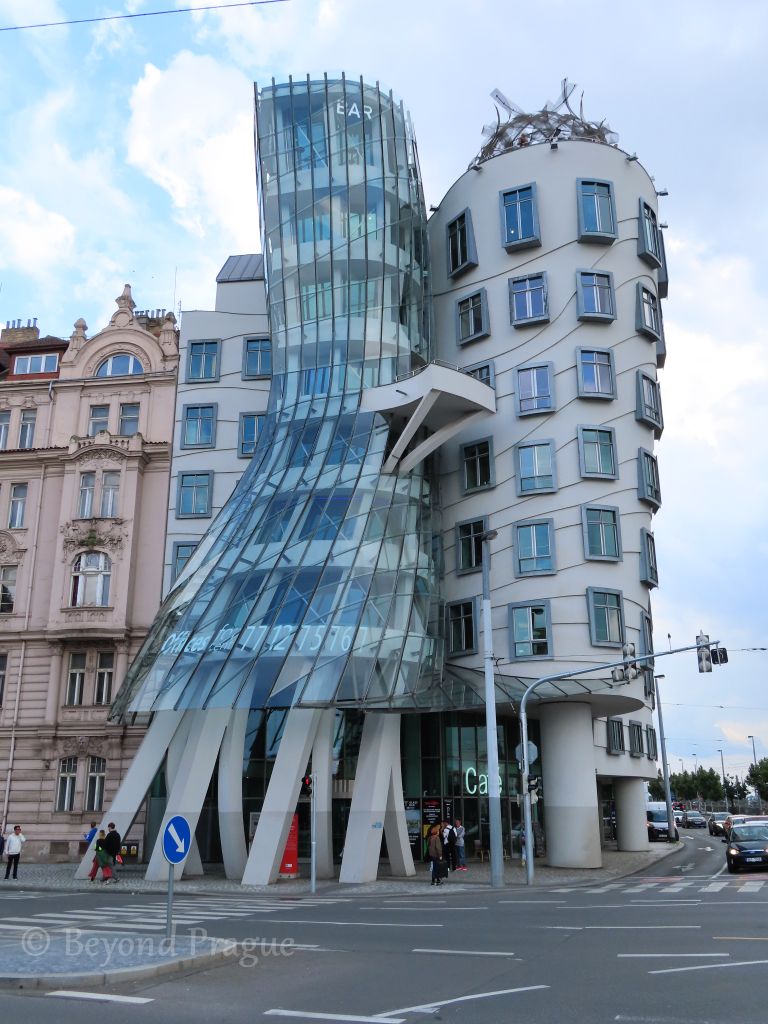






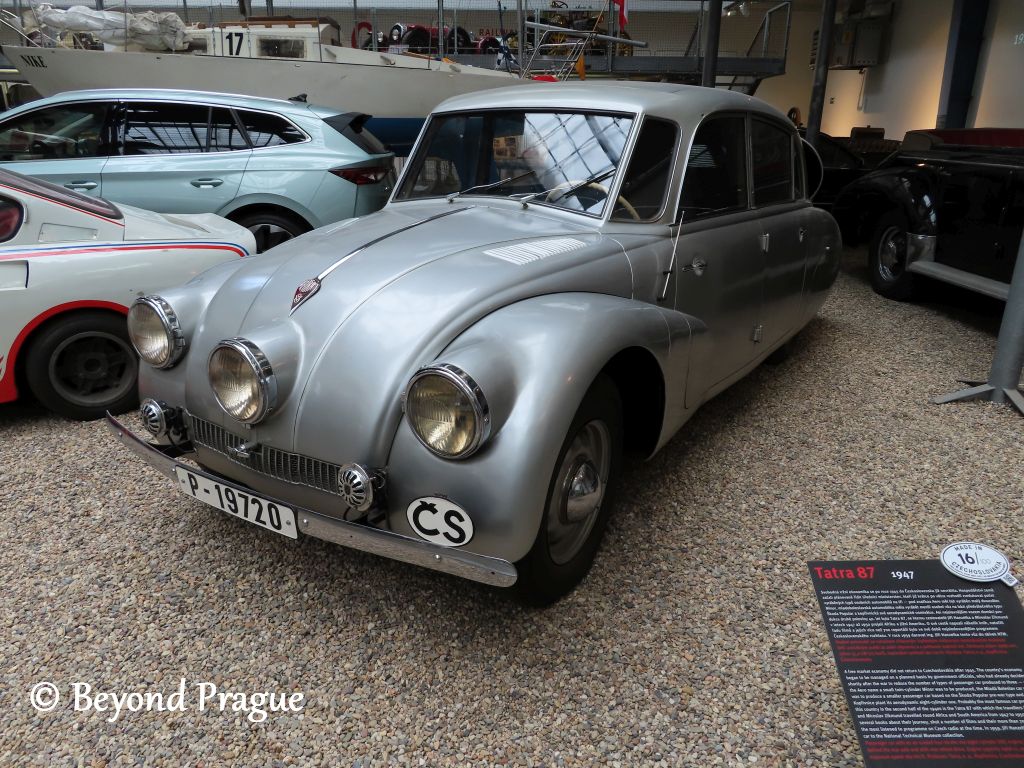


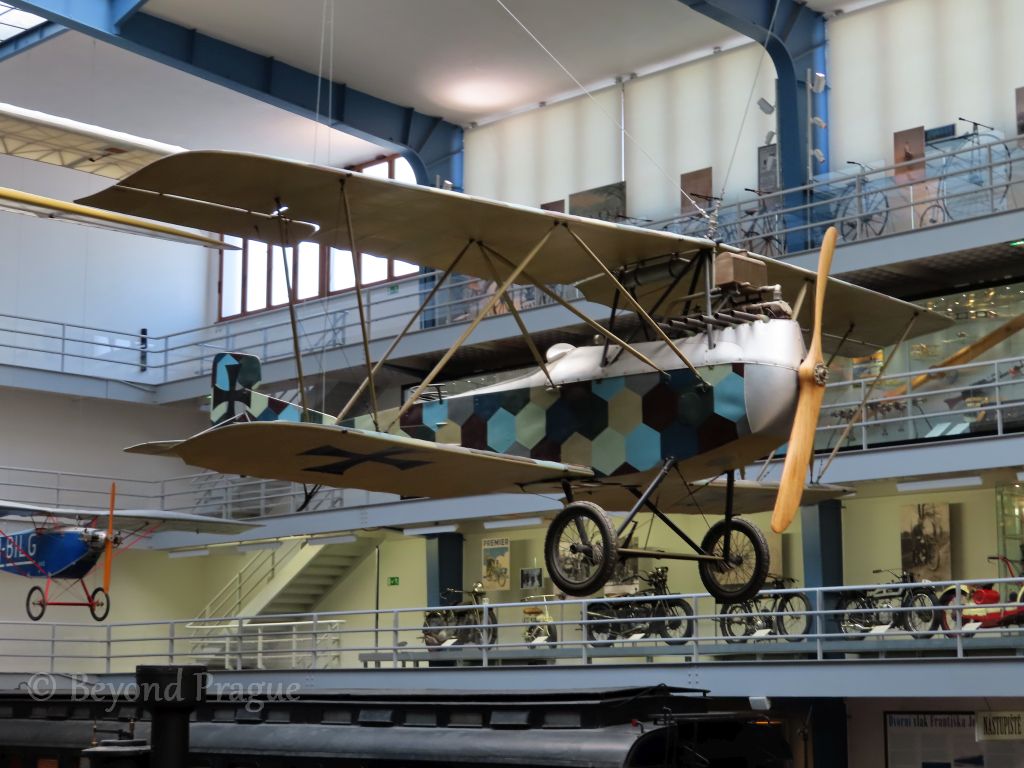
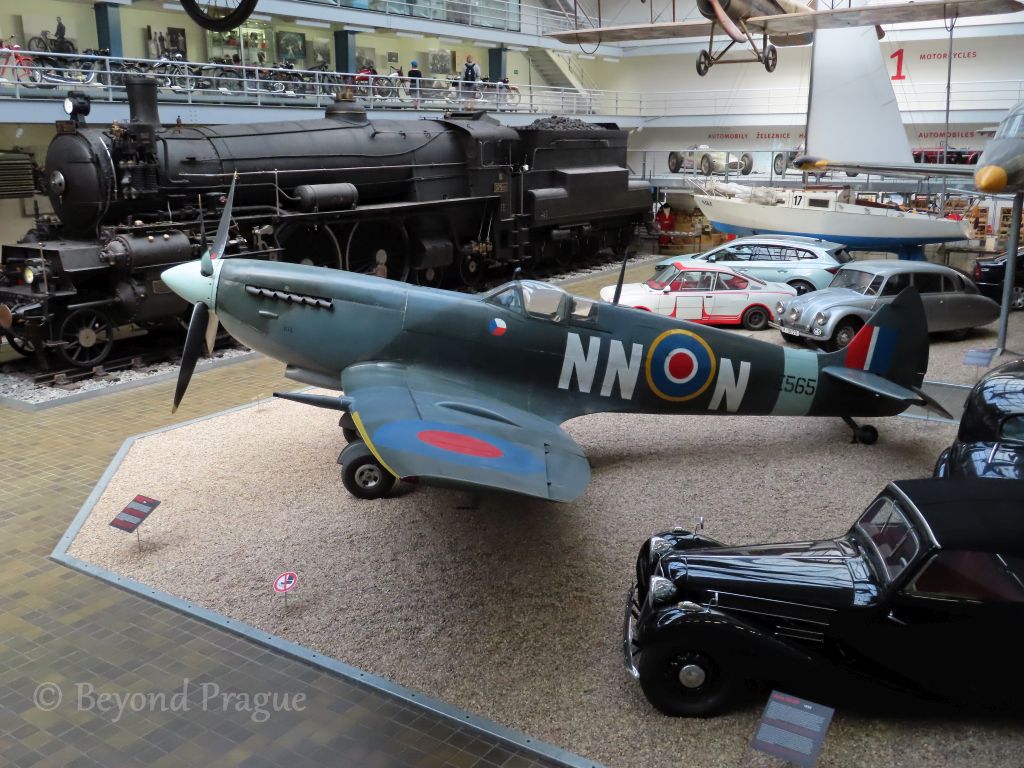

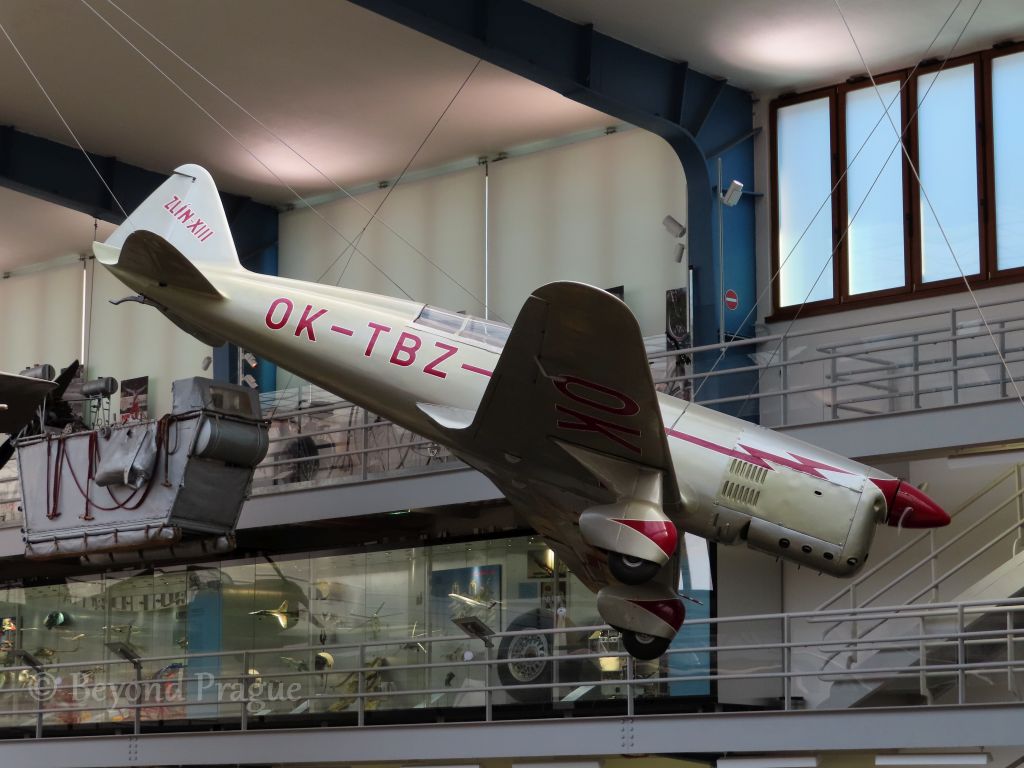
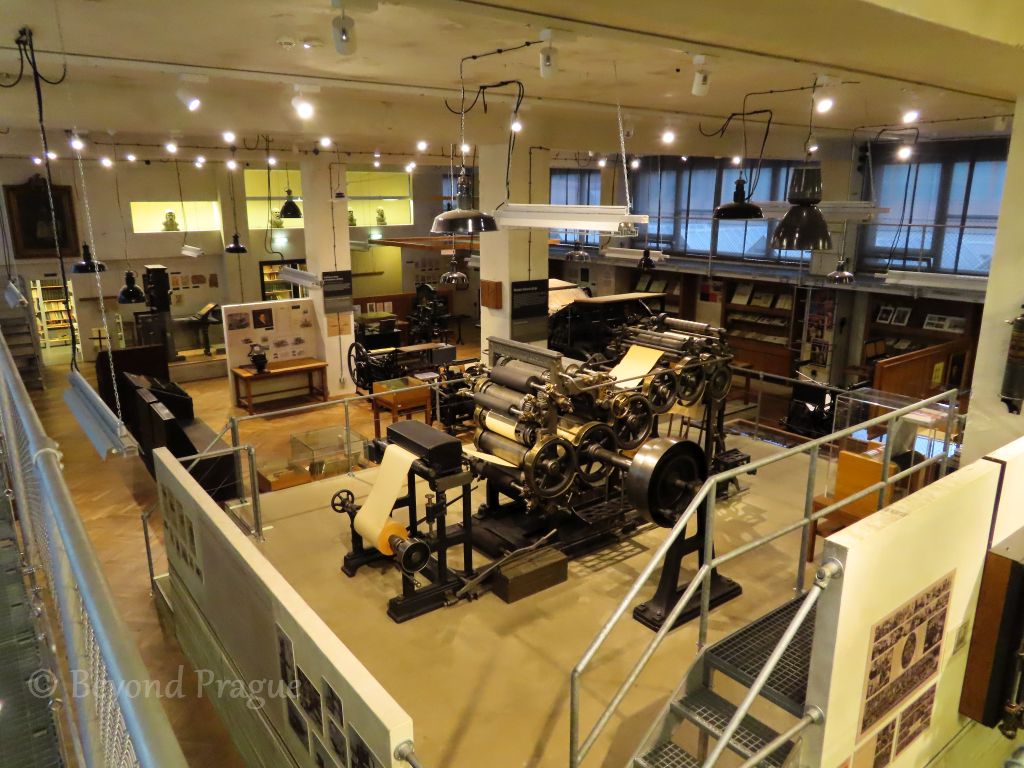





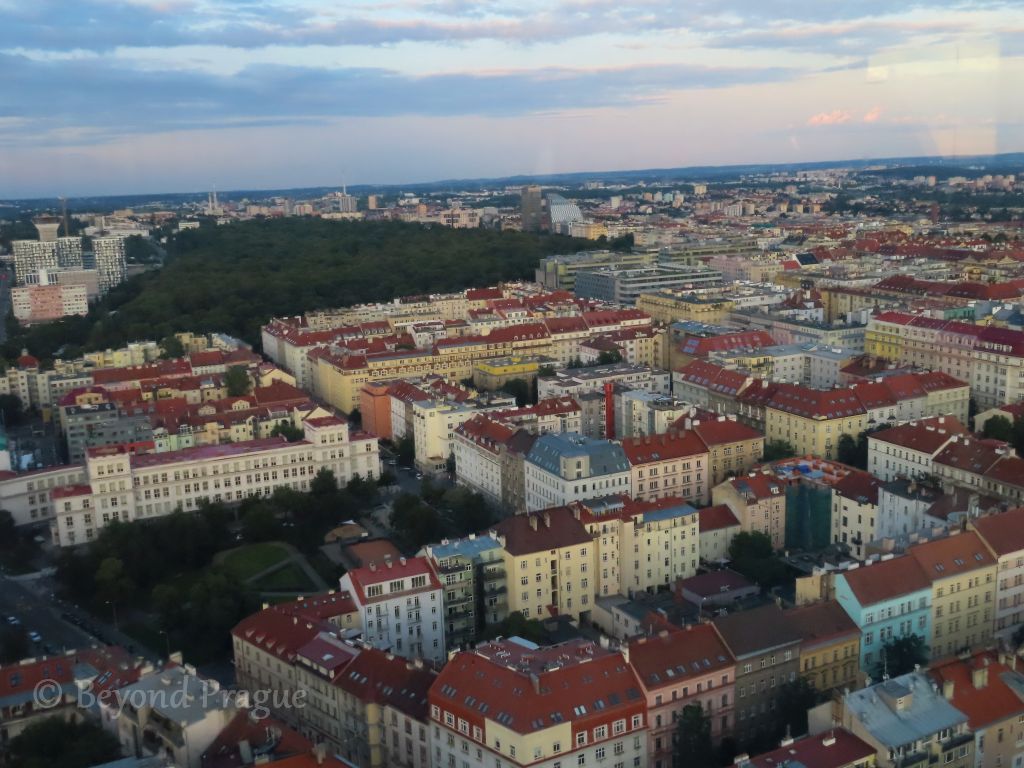

Soaring over Slovakia
When the former Czechoslovakia split at the end of 1992, Slovakia got the better part of the deal as far as mountains go. The Czech Republic has some very nice mountain ranges, but nothing on the scale of the Tatra mountains that form part of the border between Slovakia and Poland.
While I have never seen the Tatras at ground level, on August 19 of 2023, I took a sightseeing flight over them. The scale of the High Tatras reminded me in many ways of areas of the Rocky mountains in my native Canada.
The flight went from Vyškov na Moravě, in the Czech Republic, to the High Tatras and back. It passed over the Beskydy, Malá Fatra, High Tatra and Low Tatra ranges before returning to Vyškov.
Here’s a gallery of some of what we saw:
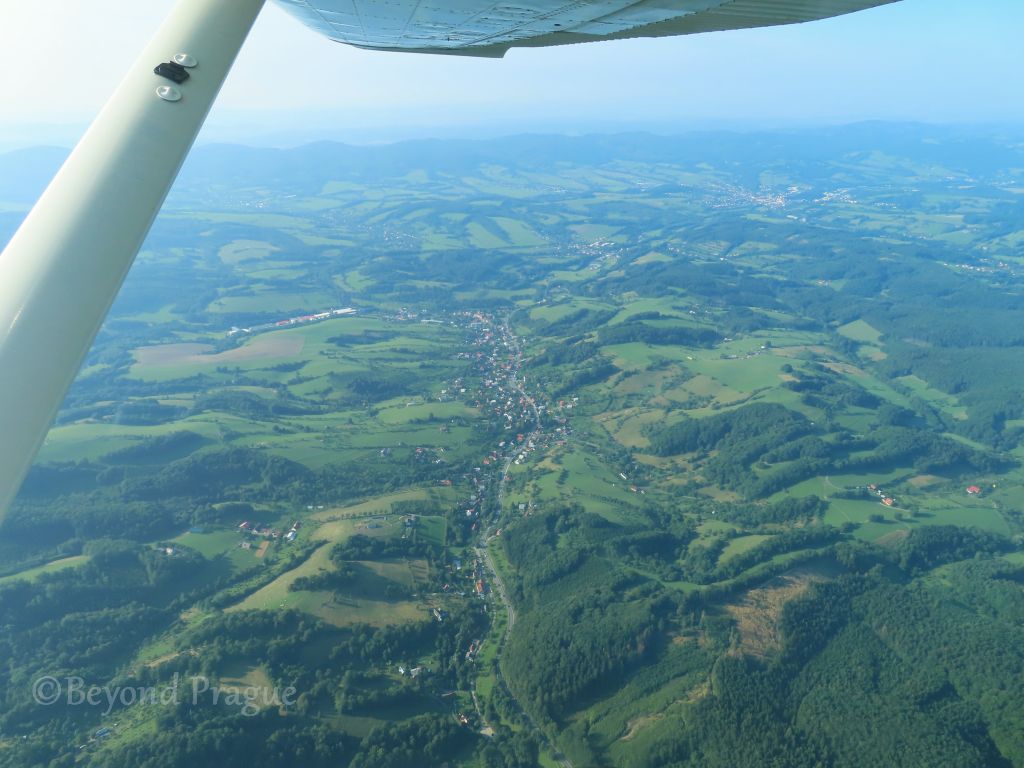
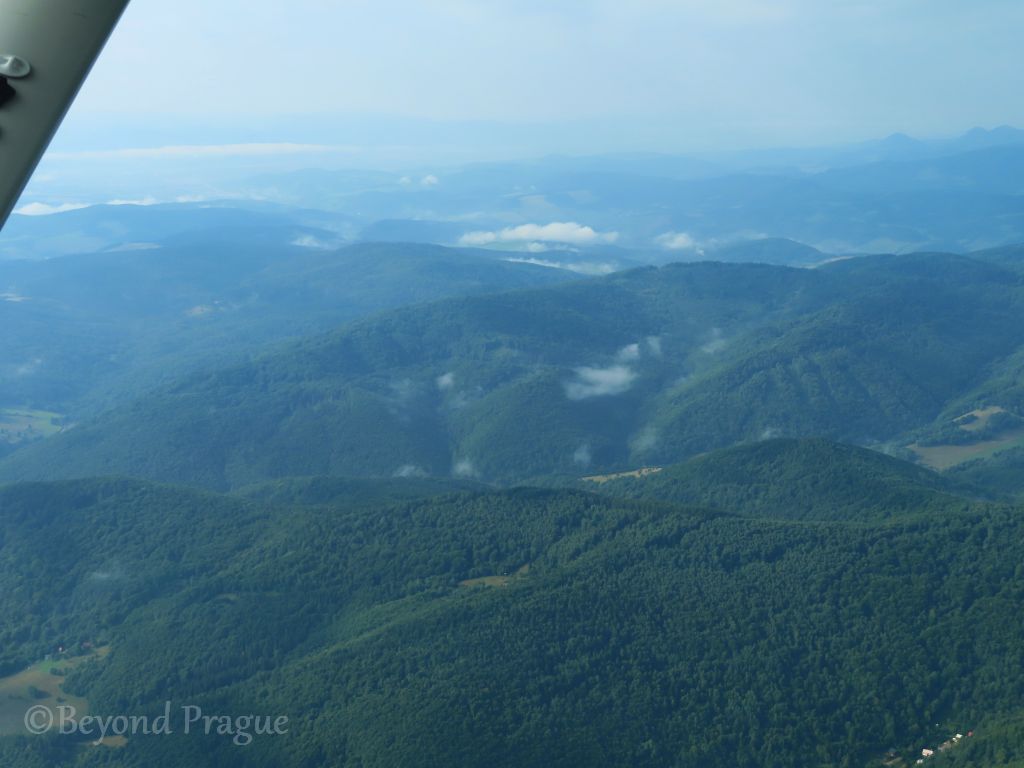









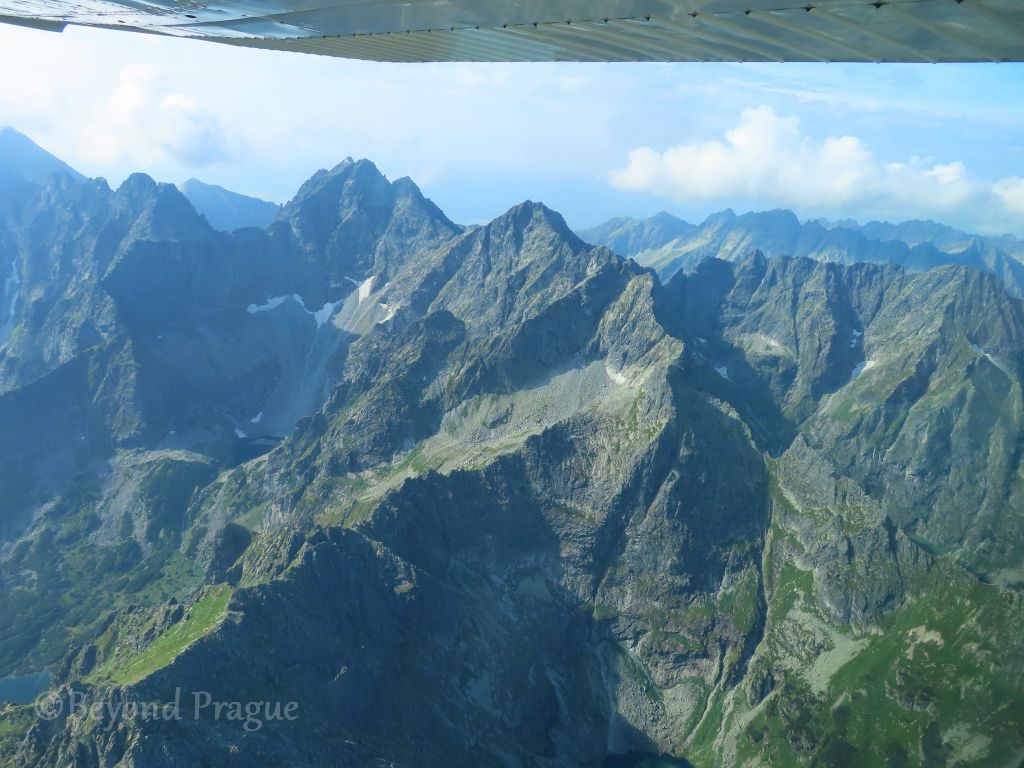






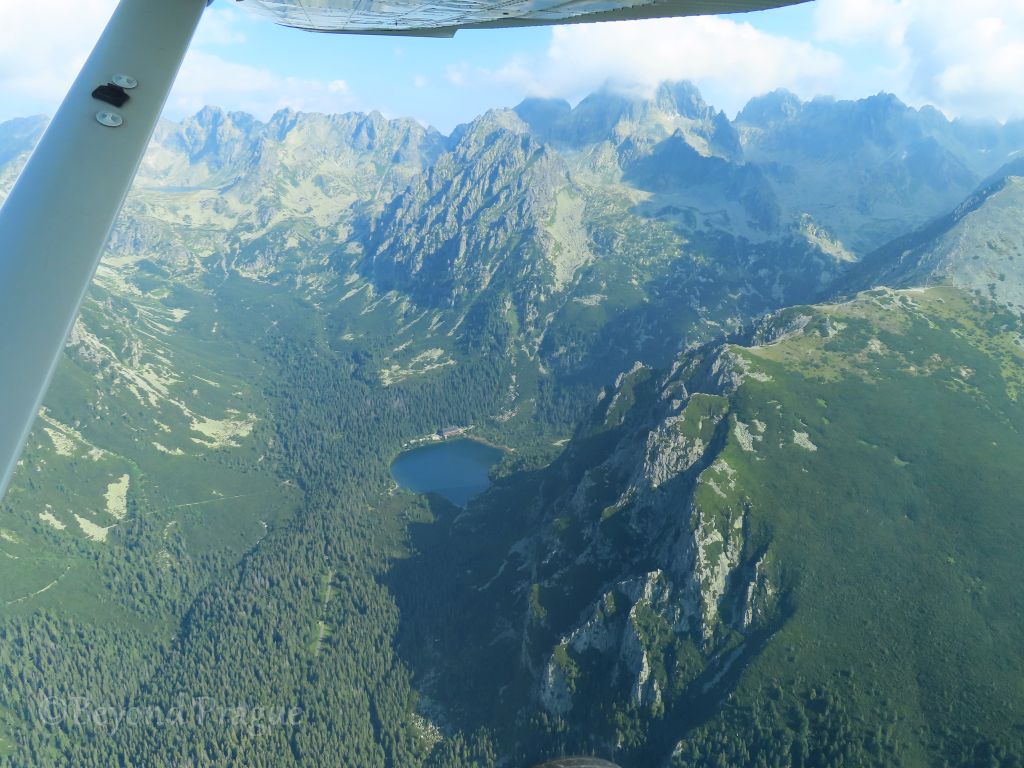



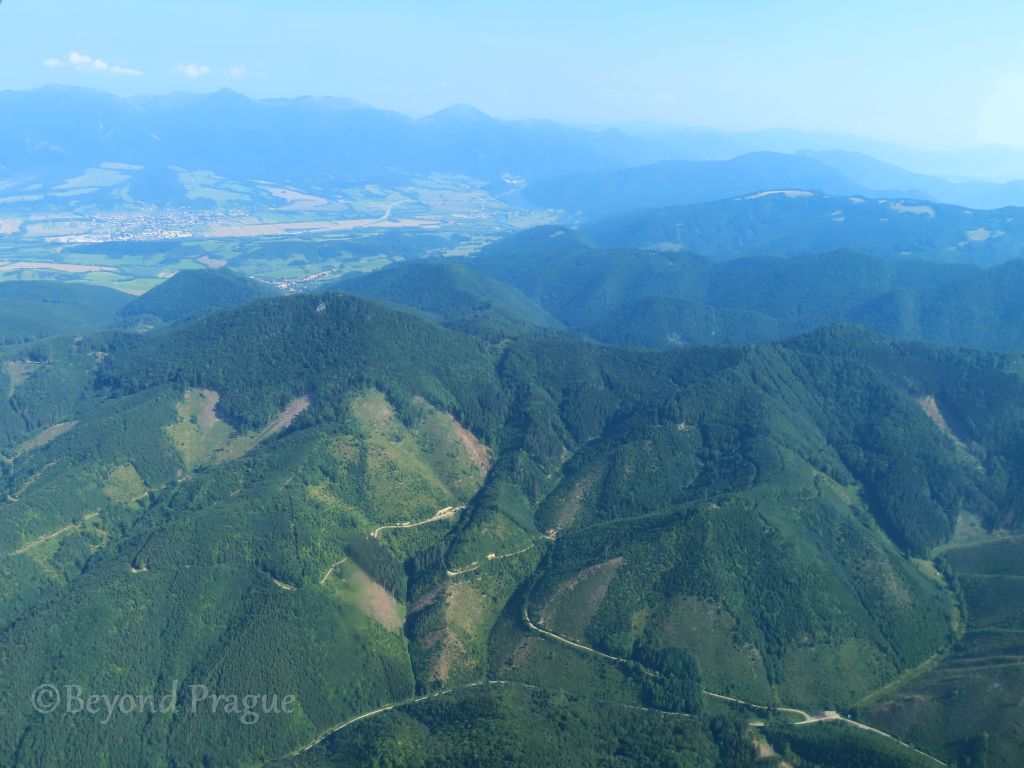

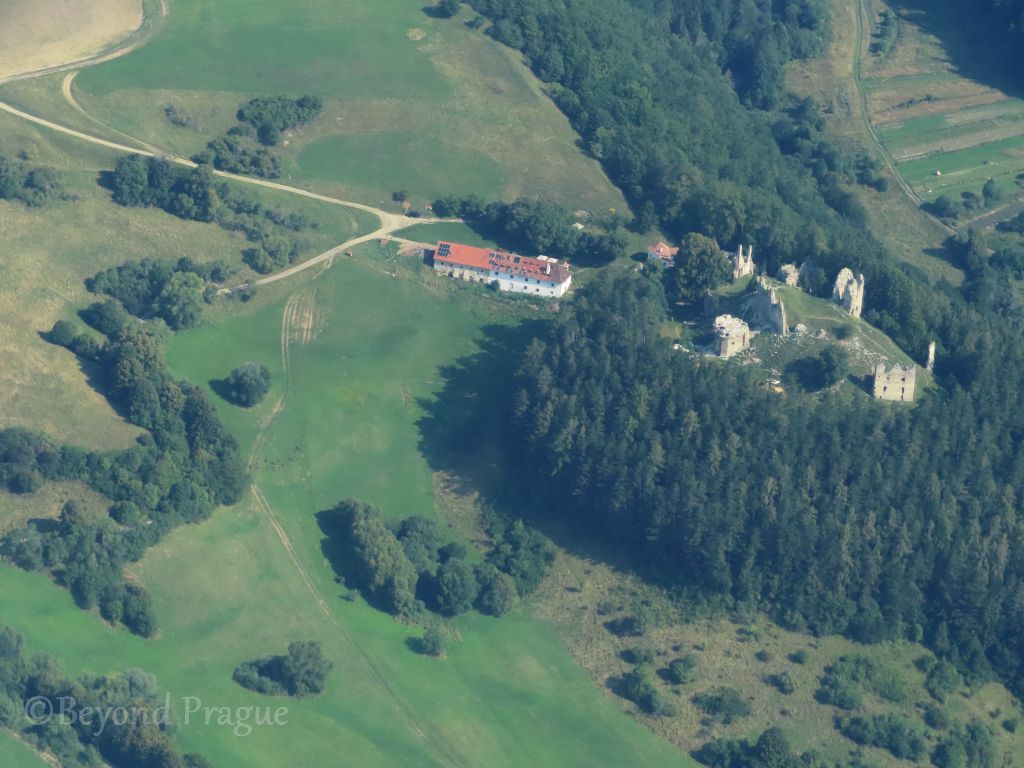
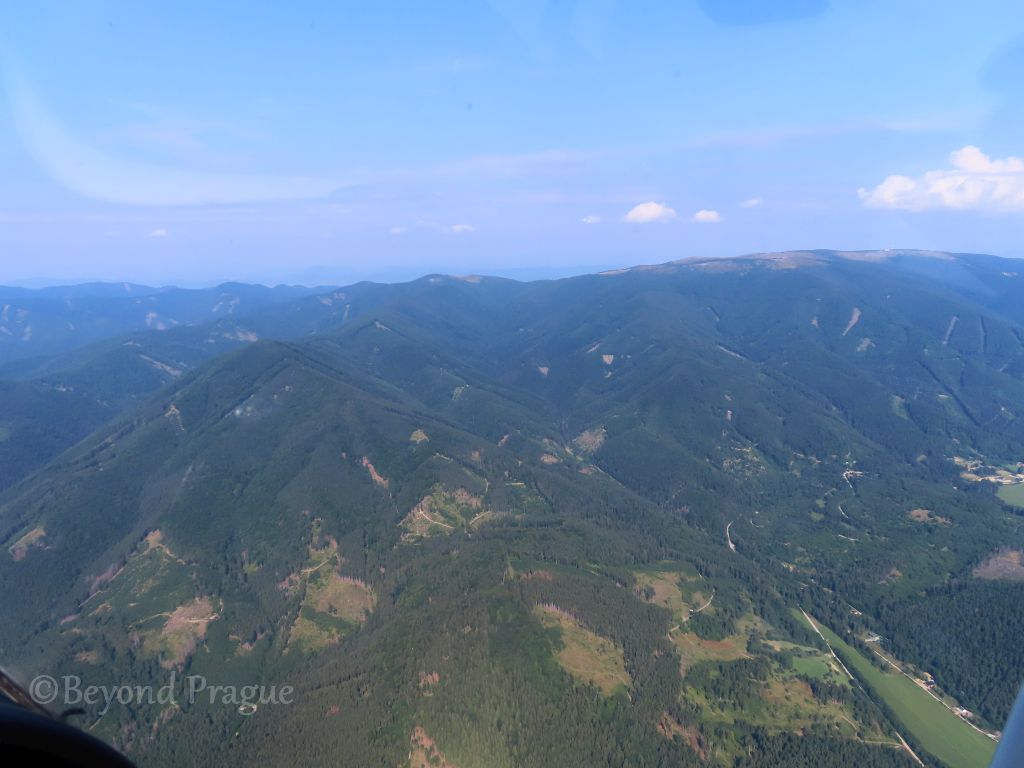




A View from the Water
The Slovácko region, in the extreme south-east of the the Czech Republic is notable as part of the Moravian wine growing regions as well as idylic vistas of farmland and hills.
The region is also notable for a strong Slovak influence on its folklore and traditions, it has some of the most distinctive folk costumes among Czech regions.
There are many ways to experience Slovácko. One of the more unique ways is by taking a cruise on the Baťa canal.
The Baťa canal runs along the Morava river for about 52 kilometres between Otrokovice, near Zlín, to a southern terminus at Rohatec.
Along the course of the canal, there are 13 locks and more than 20 bridges. There are nine ports along the canal with visitor information and services.
Let’s spend some time on the Baťa canal:
A Historic Voyage
A cruise on the Baťa canal will not only put you in touch with the Slovácko region and its offerings, it will also put you in touch with a unique part of Czech history in the canal itself.
The canal was built between 1934 and 1938. However, it was intended as the starting point of a much bigger idea that dates back to the 14th century.
Charles IV (1316-1378), Holy Roman Emperor and king of Bohemia, envisioned a canal that would connect the Oder river to the Danube. It was an idea that would be revived a number of times through history. The idea of such a canal still survives to the present, in spite of going so long unrealized.
Tomáš Baťa (1876-1932), founder of the famous Bata shoe company, was a strong proponent of connecting the Oder and Danube when the idea was revived in the late 19th and early 20th centuries.
Baťa saw a need to regulate the flow of the Morava river so water from it could be better used to irrigate the farm land surrounding it. Additionally, he saw the construction of a canal as a way to move coal that was mined near Rohatec to the power generating station in Otrokovice that provided power to his factories there and in Zlín.
In the bigger picture, his planned canal was seen as the first step in connecting the Oder and Danube.

What would become the Baťa canal was partly financed by Baťa and partly by the Czechoslovak state. Jan Antonín Baťa, the half brother of Tomáš, took over the family business interests after Tomáš died and continued to support the construction of the canal.
The Baťa canal was completed in autumn of 1938. Shortly after, in spring of 1939, German forces occupied Czechoslovakia. During the Second World War, the canal was used to keep coal and other supplies running in the region. However, at the end of the war, retreating German forces inflicted heavy damage on the canal.
While repair work to the canal lasted until the end of the 1940s, its importance for transportation diminished and it fell into complete disuse by the early 1970s.
Little interest in reviving the Baťa canal was shown until the fall of Socialism in 1989. It was at that time that the idea of a canal connecting the Oder to the Danube saw another revival.
Through the early 1990s, repairs were carried out on the Baťa canal and it was opened to sightseeing cruises in 1995.
Today, the canal is one of the most popular tourist attractions in the Slovácko region.
Experiencing the Baťa Canal
There are many different ways to connect with the Baťa canal and surrounding area.
Aside of the aforementioned boat cruises, a significant part of the canal has cycling paths running alongside it that are connected to other paths in the area. As such, it’s not difficult to experience the region on two wheels if that’s your preference.
There are some companies that even offer sightseeing flights over Slovácko that would allow you to see the canal and surroundings from above if you’d like.
For this article, I’ll cover a sightseeing cruise that we took in early July of 2023.
Our cruise lasted for about two hours and took us from Veselí nad Moravou to Strážnice on the boat Danaj.
It was an enjoyable and relaxing ride that took us past a great deal of the idylic agricultural land that Slovácko is famous for.
Along the way, we shared the canal with smaller rental boats as well as houseboats. Very often there was quite a bit of interaction and photo taking between people on the boats and cyclists alongside the canal.
Staff on our boat gave some commentary in Czech on the history of the canal and some of what we were seeing along the way.
On our cruise, we were warned to keep our heads down while going under bridges as heavy rains in the previous days had caused the canal’s water level to rise. On every bridge, there were people waving to us and watching us duck to avoid the bridge. It was a great source of amusement for the people on the bridges, and most of the people on the boat saw the humour of the situation as well.
After about two hours, we arrived at Strážnice just in time for lunch. We got off the boat, bought a couple of small souvenirs and made our way to a nearby restaurant.
After lunch, we visited Skanzen Strážnice. This is an open air historic village that represents Slovácko folk architecture and traditions.
Strážnice is one of the recommended places to go if you wish to sample local wine. The city also hosts an annual international folklore festival, so you could also take that in if you time your visit accordingly.
Taking a Cruise and Learning More
Cruise season on the Canal runs from the start of May to the end of October.
Our cruise gave us just a small taste of what can be seen and done along the Baťa canal. For more details about cruise options and how to get on a cruise, a good first stop would be the canal’s official website.
If you would like to know more about the history of the canal, the following link will take you to a historical timeline of it.
If you wish to know more about Slovácko itself, visit the region’s official website. The website is available in English, German and Polish as well as Czech.